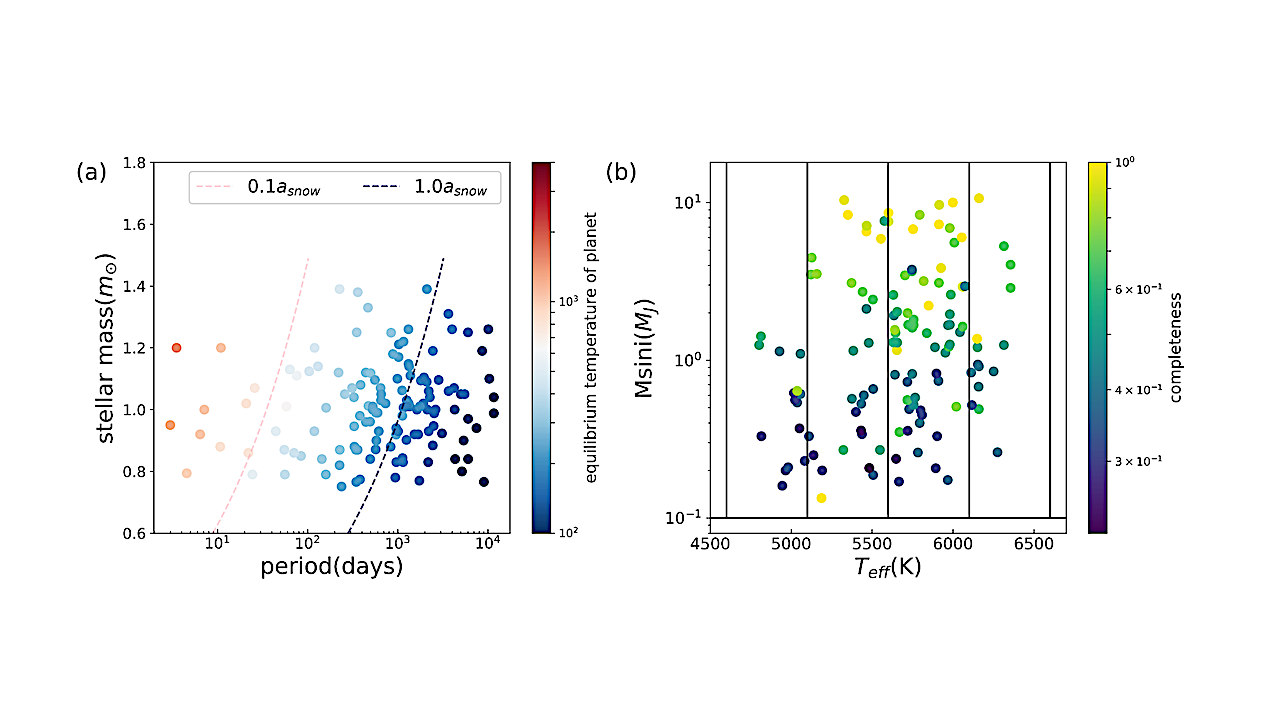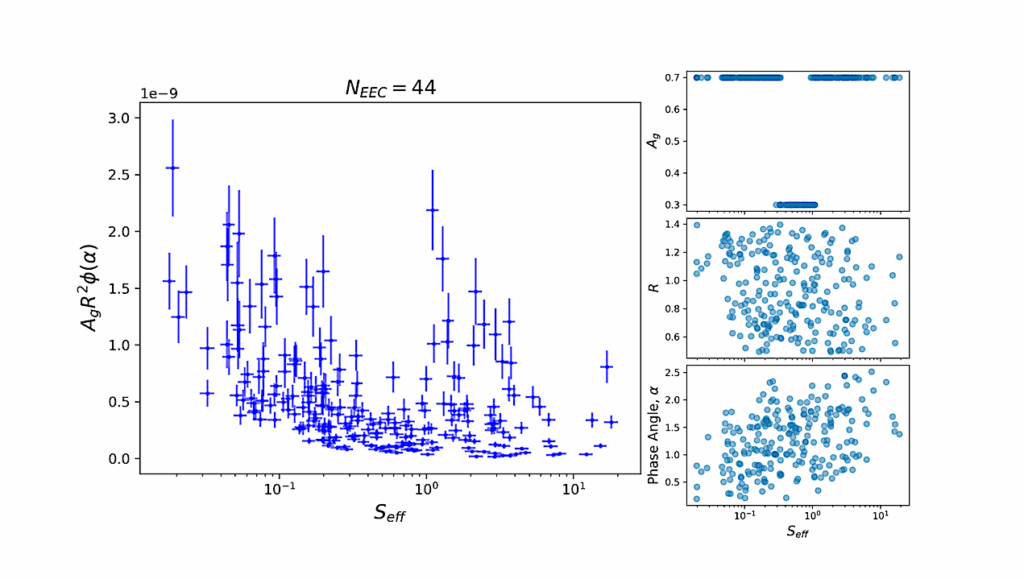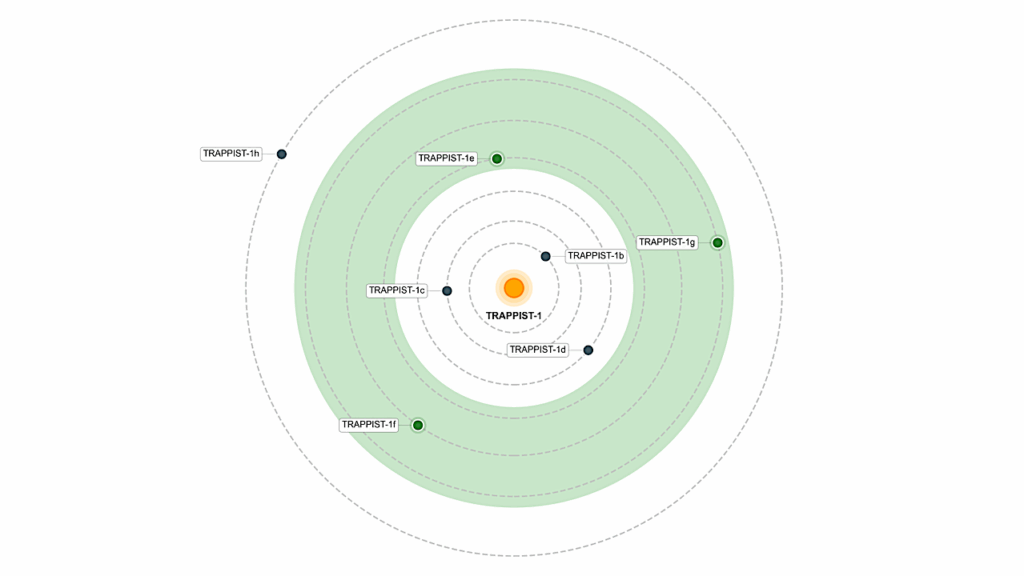Mutual Occurrence Ratio of Planets. I. New Clues to Reveal Origins of Hot- and Warm-Jupiter from the RV Sample

Many studies have analyzed planetary occurrence rates and their dependence on the host’s properties to provide clues to planet formation, but few have focused on the mutual occurrence ratio of different kinds of planets.
Such relations reveal whether and how one type of planet evolves into another, e.g. from a cold Jupiter to a warm or even hot Jupiter, and demonstrate how stellar properties impact the evolution history of planetary systems. We propose a new classification of giant planets, i.e. cold Jupiter (CJ), warm Jupiter (WJ), and hot Jupiter (HJ), according to their position relative to the snow line in the system.
Then, we derive their occurrence rates(ηHJ, ηWJ, ηCJ) with the detection completeness of RV (Radial Velocity) surveys (HARPS & CORALIE) considered. Finally, we analyze the correlation between the mutual occurrence ratios, i.e. ηCJ/ ηWJ, ηCJ/ηHJ or ηWJ/ηHJ, and various stellar properties, e.g. effective temperature Teff. Our results show that the ηHJ, ηWJ and ηCJ are increasing with the increasing Teff when Teff∈(4600,6600]K.
Furthermore, the mutual occurrence ratio between CJ and WJ, i.e. ηCJ/ ηWJ, shows a decreasing trend with the increasing Teff. But, both ηCJ/ηHJ and ηWJ/ηHJ are increasing when the Teff increases. Further consistency tests reveal that the formation processes of WJ and HJ may be dominated by orbital change mechanisms rather than the in-situ model. However, unlike WJ, which favors gentle disk migration, HJ favors a more violent mechanism that requires further investigation.

The boundary between hot and warm Jupiters. (a) Distribution of normalized semi-major axis (𝑎p/𝑎snow) .vs. planetary mass (𝑀J) of giant planets detected by RV surveys. According to the Gaussian Mixture Model (GMM), all the giant planets inside the snow line, i.e. 𝑎p/𝑎snow ≤ 1.0, could be divided into two clusters by a boundary around 𝑎p/𝑎snow ∼ 0.08 − 1.0. (b) Histogram of normalized semi-major axes of all the giant planets inside the snow line. There is a valley around 𝑎p/𝑎snow ∼ 0.1. This valley also existed in Kepler-detected giant planets candidates, More details are in the appendix D. — astro-ph.EP
Xiang-Ning Su, Hui Zhang, Ji-Lin Zhou
Comments: 14 pages, 11 figures,accepted for publication in Monthly Notices of the Royal Astronomical Society
Subjects: Earth and Planetary Astrophysics (astro-ph.EP)
Cite as: arXiv:2404.11005 [astro-ph.EP] (or arXiv:2404.11005v1 [astro-ph.EP] for this version)
Journal reference: 2024MNRAS.529.3958S
Related DOI: https://doi.org/10.1093/mnras/stae733
Focus to learn more
Submission history
From: Xiangning Su
[v1] Wed, 17 Apr 2024 02:31:52 UTC (566 KB)
https://arxiv.org/abs/2404.11005
Astrobiology








